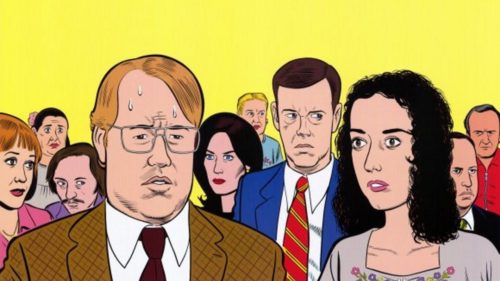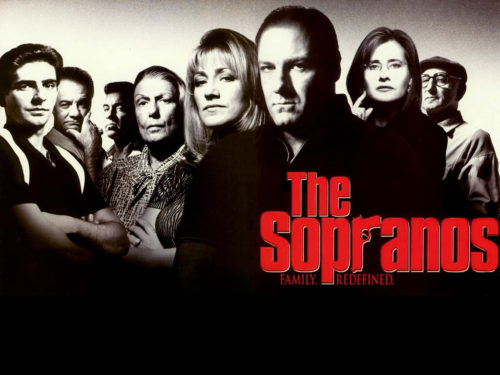Not Quite Horror contains reviews of films not traditionally considered horror films. By analyzing them as horror films (identifying the monster, discussing the shared worry for the audience and the main characters, and understanding the depth of horror available to the viewer), who knows? There’s more than one way to watch a movie.
Miller’s Crossing (1990)
In the month of October, I am celebrating the films of Not Quite Horror legends Joel and Ethan Coen.
The Monster: In the Coen Brothers’ crime masterpiece Miller’s Crossing, Tommy (Gabriel Byrne) is a smart guy caught between two warring mobsters, with stacks of corpses piling up on both sides. No strangers to horror, Joel and Ethan Coen don’t skimp on the gore.
The titular Miller’s Crossing must be a very haunted place. The film’s gangsters commit bloody violent acts wherever they see fit, but the Crossing is a place where people are taken knowing they are going to die. The location itself is peaceful and beautiful, but it is a place where bodies are buried.
The Horror: In October, I will be analyzing films from the Coen Brothers as horror films. One consistent Coen Brothers theme is the human need for dignity in death, and the world’s attempts to deny them this peace.
Miller’s Crossing seems like a nice place to die at first glance, but everything goes wrong. The breeze feels sinister. People don’t behave right. Begging and pleading fills the sky. Even in nature, dignity is denied.
The Shared Fate: Death does indeed come for all of us, and we hope to make our life’s end decent and meaningful. By naming the film Miller’s Crossing, the Coen Brothers underline the inevitability of our shared fates. Then, with their trademark humor, they remove the illusion of dignity that most mobster films work hard to preserve.
In the end, they’re just leading us down a lonely path and letting us fade to black.
— I am indebted to Noel Carroll’s The Philosophy of Horror for his ideas on defining horror, as well as John Skipp and Craig Spector’s article “Death’s Rich Pageantry, or Skipp & Spector’s Handy-Dandy Splatterpunk Guide to the Horrors of Non-horror Film†in Cut! Horror Writers on Horror Film for a similar idea.–
–Axel Kohagen


